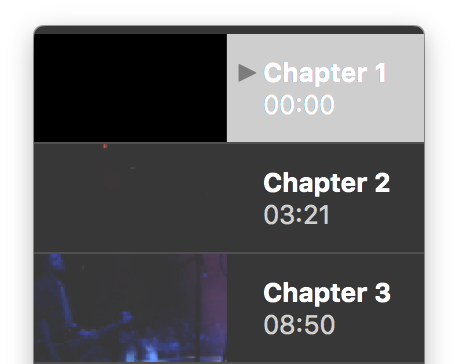
Usually, the soil was not sterilized or pasteurized. Historically, horticulturalists were using a mixture of composted organic waste and mineral soil for growing plants. This review critically examines all the issues and provides an overall and comprehensive knowledge of: In spite of exploring a diverse range of new materials, only a few of them have been adopted widely. This had given a thrust to examine a wide range of alternative materials in PM. However, due to ecological and environmental concerns, the use of peat in PM is under high scrutiny.

Peat is the most widely used substrate in PM. Indeed, these PMs have been a pivotal innovation, allowing growers to ensure rationale supply of water, air, and nutrient to the plant while excluding soil-borne pathogens. The inability of the soil to provide this balance at such small volumes is a key factor in the development of soilless PM. Indeed, an effective PM must have a physical structure that can sustain a favorable balance between air and water content both during and between irrigation events in order to prevent root asphyxia and drought stress. Two fundamental challenges before soilless cultivation are, (i) unlike a normal soil profile, a pot provides a very shallow layer of a PM that saturates quickly during irrigation (ii) small pot volume provides limited capacity for water storage between irrigation events. After labor, PM is the second prominent contributor to total greenhouse production cost. Potting media (PM), fertilizers, permitted pesticides, seeds, labor, and the infrastructure itself is the main inputs in greenhouse nurseries and ornamental plant cultivation. Quality, homogeneity, and standardized products is one prerequisite to achieve success in producing ornamentals.

Ornamental plants production is another emerging horticulture sector in terms of volume, value, specialization, as well as commercialization. Looking into the advantages of the transplant system, researchers extended their applications into a wide range of plants, including sugarcane and forestry species (pine, beech, spruce, etc.). The profitable opportunities offered by this production system are the reason for the enhanced demand for seedlings, especially for the production of vegetables and flowers. Early and uniform crop maturity, efficient management of land, energy, time and seed materials, production of pest-free transplants, reduction in pesticide and herbicides usage, and most importantly healthy and homogenous seedlings are some of the advantages of transplant production. Transplant production, especially for vegetable and floriculture, has become popular in the last two decades to enhance resource efficiency as well as to reduce the environmental impact. In addition, it would help in developing a rationale understanding of the practical and economic realities involved in the adoption of the same in PM. The critical evidence-based review would help in developing a consistent approach for the identification, selection and characterization of a new renewable substrate. The present review is focused on providing collective information, scientific knowledge and detailed analysis of various AIR used in PM. However, challenges associated with their adoption cannot be ignored. In lieu of availability, abundance, low cost, and no/low processing requirement, the use of agro-industrial residue (AIR) in the PM is the current trend. Bark, coir pith, wood fiber, compost derived from various agro-residues, and vermicompost either alone or in combination are some of the commonly explored substrates and found to have the potential to replace peat to a greater extent. However, due to ascending environmental and ecological concerns regarding the use of peat, a variety of new substrates have been used/tested by researchers/practitioners/growers as PM. Worldwide, peat is the most commonly used substrate in PM because of its favorable physicochemical properties.

Apart from other factors, potting media (PM) play a crucial role in determining the success of nursery cultivation. Nursery cultivation is recognized globally as an intensive production system to support quality seedlings as well as to manage resources efficiently.


 0 kommentar(er)
0 kommentar(er)
